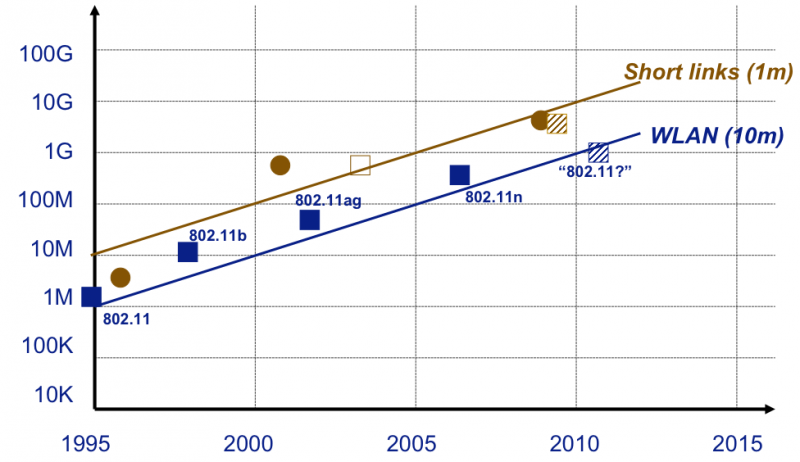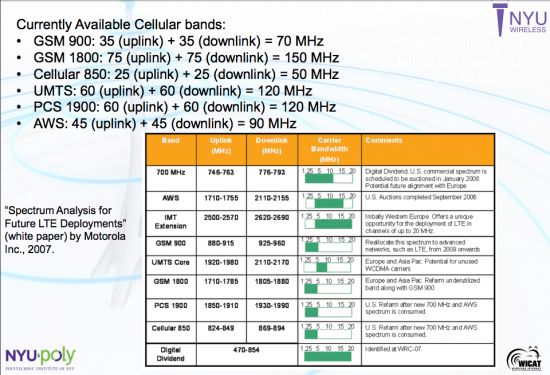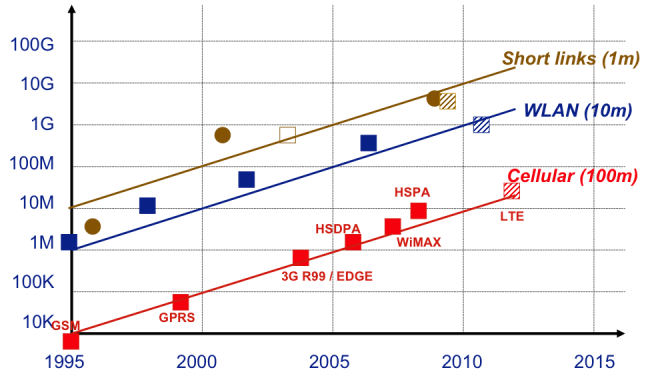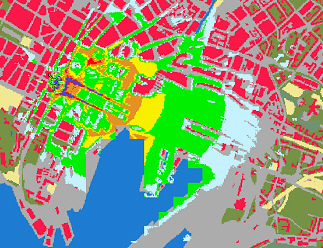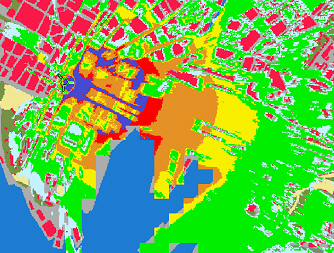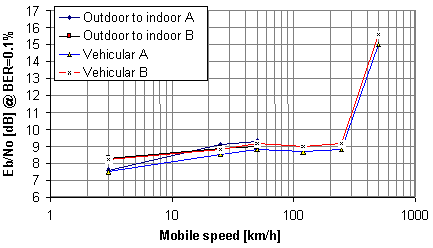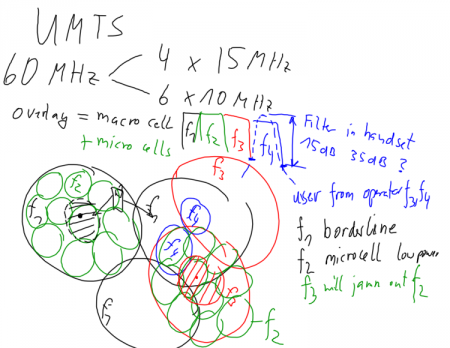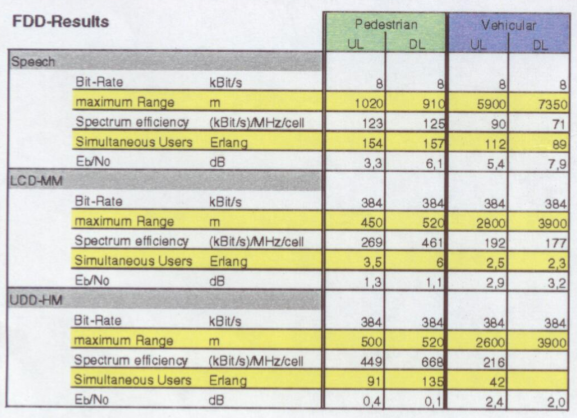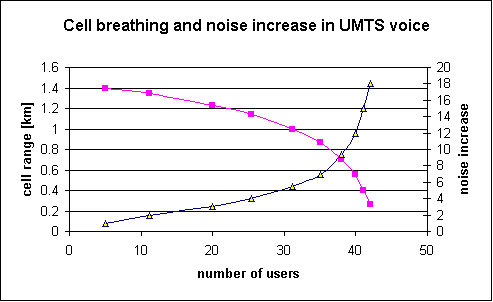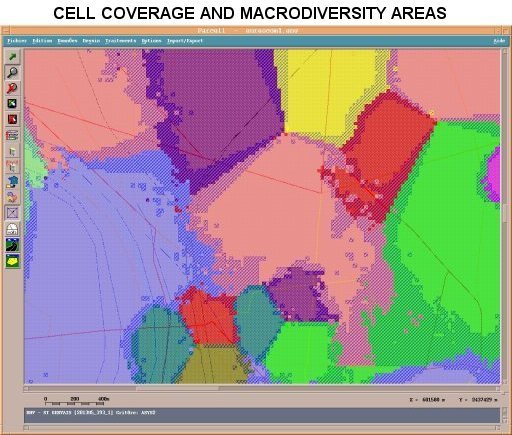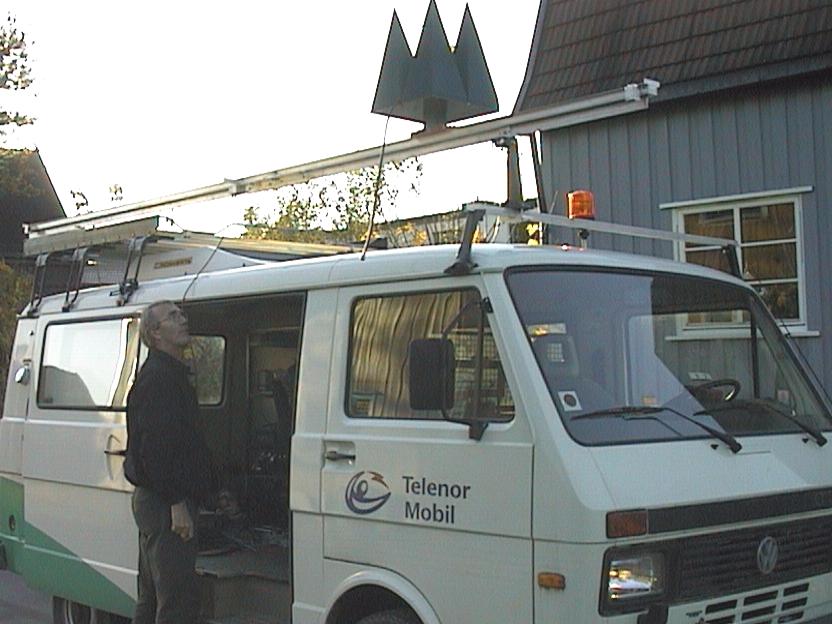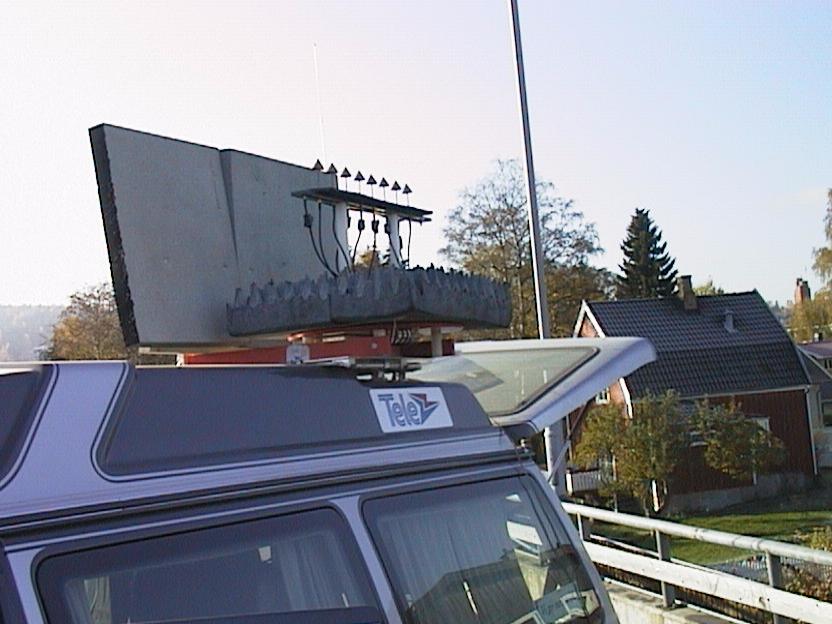Wifi WiMax and Security in NFC
| Wiki for ITS | ||||||
|---|---|---|---|---|---|---|
|
Wifi WiMax and Security in NFC
| Course | UNIK4700, UNIK9700 |
|---|---|
| Title | Wifi; WiMAX; Security in NFC |
| Lecture date | 2014/10/10 0915-1145 |
| presented | by Mohsen, Qihaoli, Seraj Fayyad |
| Objective | Present the first assignments:
|
| Learning outcomes | * get feedback on how to structure a presentation
|
| Pensum (read before) | |
| References (further info) | |
| Keywords | NFC, Wifi, 802.16, Wireless Security |
this page was created by Special:FormEdit/Lecture, and can be edited by Special:FormEdit/Lecture/Wifi WiMax and Security in NFC.
Presentations
Handouts h14: Media:20141010Bluetooth-NFC_handouts.pdf
- Mohsen: Media:Wifi_long_range_standards_Mohsen.pdf
- Qihaoli: Media:WiMAX_Qihaoli.pdf, Media:WiMAX_Qihaoli.pptx
- Seraj: Media:Security_in_NFC_Seraj.pdf - Media:Security_in_NFC_Seraj.pptx
http://cwi.unik.no/wiki/Near_Field_Communication,Bluetooth,_ZigBee_and_ANT%2B
Related topics
Keywords: WLAN, Wifi, IEEE 802.11,
⌘ WLAN standard IEEE_802.11
The newest member in the 802.11 family are the 802.11ac and the 802.11u standards
IEEE 802.11ac
802.11ac is introduced to operate in the 5 GHz band, and has, according to the Cisco White Paper, the following features:
- More channel bonding, increased from the maximum of 40 MHz in 802.11n, and now up to 80 or even 160 MHz (for 117% or 333% speed-ups, respectively)
- Denser modulation, now using 256 quadrature amplitude modulation (QAM), up from 802.11n's 64QAM (for a 33% speed burst at shorter, yet still usable, ranges)
- More multiple input, multiple output (MIMO). Whereas 802.11n stopped at four spatial streams, 802.11ac goes all the way to eight (for another 100% speed-up).
Second-generation products should also come with a new technology, multiuser MIMO (MU-MIMO). Whereas 802.11n is like an Ethernet hub that can only transfer a single frame at a time to all its ports, MU-MIMO allows an AP to send multiple frames to multiple clients at the same time over the same frequency spectrum.
IEEE 802.11u
802.11u is a new interworking standard, and allows users to connects to access points, based on their relations to other Wifi providers. As an example: A user of "UiO" may connect to "UNIK" based on the 802.11u agreement between UiO and UNIK.
References
[Source:Cisco White Paper "801.11ac: The Fifth Generation of WiFi]
Keyword Wifi WiMax and Security in NFC
| Wifi WiMax and Security in NFC | |
|---|---|
| Wikipedia | http://es.wikipedia.org/wiki/IEEE_802.11 |
| Related keywords | |
| All pages containing keywords | |
(edit page)
{{{ItemText}}}
Contains pages with keyword "Wifi WiMax and Security in NFC".
Related information
⌘ Earlier Presentations on WLAN systems
Susana Rodriguez de Novoa:
- Media:UNIK4700-Wlan.pdf
- Media:An_Introduction_to_wifi.pdf
- Media:radiomobile.pdf
- Media:WLANSecurity.pdf
- Book: Antennas and Propagation for Wireless Communication Systems. 2nd Edition
- Book: CCNA Wireless. Oficial Exam Certification Guide
⌘"WLAN communication" 802.11
[Presentation G. Fettweis, IEEE VTC forum Baltimore], http://www.ieeevtc.org/plenaries/vtc2007fall/28.pdf
⌘ 802.11 ad standard
⌘ Mobile Communication Spectrum
|
Source: http://www.spectrum2020.ca/presentations/Rappaport.pdf |
⌘ The challenge of area coverage
Land area Norway, 385.178 km^2 - 7500 basestasjons http://www.mynewsdesk.com/no/telenor/pressreleases/sjekk-naar-du-faar-4g-der-du-bor-1399662
- Tanzania 947,303 km^2 = 3 x Norway,
- Mali 1.240.000 km^2 = 4 x Norway
- DRC 2.345.000 km^2 = 8 x Norway
⌘ Throughput increase
[Presentation G. Fettweis, IEEE VTC forum Baltimore], http://www.ieeevtc.org/plenaries/vtc2007fall/28.pdf
⌘Example of propagation
Results for UMTS (worst case), with 3 sector antenna
- Range of unloaded cell is 700 m in urban pedestrian
- With loaded cell, assumed increase of noise by 10 dB, max cell radius 390 m
- vehicular with typical range of 3600 m (unloaded) and 1900 m (loaded)
- Next: examples and simulations
⌘Oslo simulations, performed for GSM at 1800 MHz
how much does the range decrease when reducing the power by 10 dB?
(Source: Helge Dommarsnes, Telenor Mobil)
⌘Difference GSM - UMTS
- Frequency
- Receiver structure
- GSM sliding window of 16
- UMTS Rake receiver
- GSM sliding window of 16
Q16ratio:The ratio of the power inside to the power outside a window of duration 16 . For each IR the window is slid to find the position with highest power inside the window.
(Source:R Rækken, G. Løvnes, Telektronikk)
⌘Results of link level simulation
Simulations to achieve minimum W-CDMA using given QoS parameter: here voice service
(Source: Eurescom P921, D2)
⌘UMTS cell planning
⌘UMTS traffic simulations
Note: voice, Low constraint delay (LCD, typical streaming) and Unconstrained data delay (UDD, typical ftp, email)
(Source:Telenor FoU report 3-99)
⌘Cell Breathing effect in UMTS
View: http://www.eurescom.de/~public-web-deliverables/P900-series/P921/D2/index.html for "live simulation" and "Cell Ranges for GSM1800 and UMTS Services"
(Source: Eurescom P921, D2)
⌘Network planning
GSM versus UMTS
- UMTS is interference limited
- GSM is build on frequency reuse in the cells, while UMTS has the same frequency in neighbouring cells
- UMTS range is capacity limited
- UMTS requires simultaneous cell planning and network dimensioning
- handover is network based, the handset announces, network performs the handover
- In UMTS a mobile phone can be connected to two cells at the same time, the handover is then called soft handover. Handover between sectors in of the same antenna are called softer handover
⌘Cell cover and macro-diversity areas
Outcome of Eurescom P921 system level simulations
(Source: Eurescom P921, D2)
⌘Smart antennas and MIMO measurements
GSM
Example GSM: the upload band is from 880-915 Unik/MHz (in Europe), which is 35 Unik/MHz. With a carrier of 200 kHz we have 175 channels, which have to be divided between the various operators.
UMTS specifications
http://www.umtsworld.com/technology/wcdma.htm
⌘4G/LTE technology
- OFDMA based, time, frequency and code scheme, see: https://www.youtube.com/watch?v=Lu4I0iWhmZM
- see: https://www.youtube.com/watch?v=QEpxtiN8Trc (from OFDM to OFDMA)
⌘LTE 450 MHz
LTE 450 pro's and con's from Ovum conf. publication (.pdf)
- Band 31, limited bandwidth of 2 x 10 MHz
⌘ IMT-A (4G): WiMAX, LTE
IMT-Advanced (IMT-A) is often called the 4G standard for Mobile Communications. Both WiMAX through the 802.16e and LTE provide technologies for achieving higher data throughput.
Though LTE was originally designed to work in the
Evolution of radio spectrum, and frequency bands for LTE http://www.radio-electronics.com/info/cellulartelecomms/lte-long-term-evolution/lte-frequency-spectrum.php
LTE FDD band, source:radioelectronics.com
LTE TDD band, source: radioelectronics.com
Presentations from earlier courses
WIMAX
- Media:WIMAX.pdf (by Dag Ove, 2012)
- File:Achieving Wireless Broadband with WiMax.pdf
- Media:IEEE 802.16 Standards - The working group and documents.pdf
- Media:Sleep Mode Operation - WiMax.pdf
- Media:The WiMax IEEE 802.16e Physical Layer Model.pdf
- Media:Wimax - Current Performance Benchmarks and Future Potensial.pdf
⌘Verizon Wireless reveals LTE speeds
- from Mobile Business Briefing 7 December 2009
- Verizon Wireless: average downlink 5-12 Mb/s and uplink 2-5 Mb/s (LTE)
⌘Unstrung.com - Wireless News, 24 Nov 2009
11:20 AM -- Four Finnish operators got some Long Term Evolution (LTE 2.6 GHz) and WiMax spectrum for just €3.8 million (US$5.6 million). (See Finland Awards 4G Spectrum.)
- LTE FDD Elisa Corp. bid €834,700 ($1.2 million) for 50 MHz;
- TeliaSonera AB (Nasdaq: TLSN) bid €819,200 ($1.2 million) for 50 MHz; and
- DNA Oy bid € 675,700 ($1 million) for 40 MHz.
- WiMax spectrum (TDD, now LTE TDD), Pirkanmaan Verkko Oy bid € 1,468,200 ($2.2 million) for 50 MHz.
Nordic:
- Norway 229 million Norwegian Kronor ($41 million) in 2007
- Sweden 2 billion Swedish Kronor ($304 million) in 2008.
Sources: See Craig Goes to Norway, Sweden Awards 4G Spectrum, Swedish 4G, Telenor to Test Huawei LTE, and TeliaSonera: We'll Do 4G in 2010
⌘Norway: NPT license conditions
from: [Norwegian Post Telecommunication Regulator (NPT) http://www.npt.no/portal/page/portal/PG_NPT_NO_NO/PAG_NPT_NO_HOME/PAG_RESSURSER_TEKST?p_d_i=-121&p_d_c=&p_d_v=104880]
- 2500-2690 MHz and 2010-2025 MHz. The new licenses expire 31 December 2022.
- five sub-bands, each consisting of a number of contiguous frequency blocks.
- six different regions.
The five sub-bands are:
- (A) The 2010 MHz band, consisting of a single 15MHz block.
- (B) Five unpaired blocks of 10MHz at the centre of the 2.6GHz band (2570 MHz to 2620 MHz).
- (C) Eight paired blocks of 2x5 MHz in the 2.6 GHz band (2500-2540 MHz paired with 2620-2660 MHz).
- (D) Three unpaired blocks of 10 MHz below sub-band B in the 2.6 GHz band (2540-2570 MHz).
- (E) Three unpaired blocks of 10 MHz at the top end of the 2.6 GHz band (2660-2690 MHz)
Note: Unpaired is TDD operation, while paired is FDD operation
⌘ Price policy
The total amount will consist of
- a fixed component per contiguous spectrum block
- a variable component that will depend on the bandwidth at disposal and the population in the geographical area
- Estimate for 2008
- annual administrative charge of (NOK 25000 x number of contiguous blocks)
- + (NOK 1600 x bandwidth in MHz) x (regional percentage of Norway';s population).
<green>Q: take the Norwegian population and calculate the licence costs per region</green>
D1-Proximity Systems
Ali Zaher - NFC (2012)
- Media:Master thesis lu NFC.pdf
- Media:UNIK4700 Security in NFC.pdf
- Media:Specific_absorption_rate_nfc.pdf
- Media:medical_devices_nfc.pdf
- Media:Components of the RFID System.pdf
- Book:RFID Handbook Fundamentals and Applications in Contactless Smart Cards
- Radio Frequency Identification and Near Field Communication Third Edition,
- Parts related to passive devices Type 1 tags and NFC-A Tech: Media:NFC_forum_digital_protocol.pdf
